2014 Bodega del Desierto, Desierto 25 Malbec, Patagonia, Argentina
Critics reviews
Kim Marcus - Wine Spectator, November 2015
Stephen Tanzer - Vinous, March 2016
About this WINE
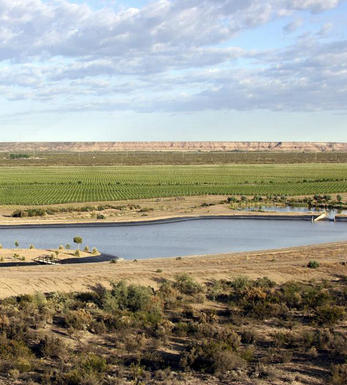
Bodega del Desierto
Bodega del Desierto (winery of the desert) is located in the Patagonian desert in a town called ‘25 de Mayo’ (hence the reference to 25 in their wine names). It is a long, long way from any other wineries in the region of La Pampa. Here, the extreme climate and strong winds result in distinctive and elegant wines.
Patagonia has a very old, yet little known, viticultural tradition. It was one of the first locations selected in Argentina by the pioneers and immigrants on the XIX century, due to excellent conditions to produce high quality grapes for wine production. The later boom of local mass wine consumption (that reached its peak with 90 litres per capita in 1970) encouraged producers to move into northern locations with higher yield production and better transportation facilities (railroad to Buenos Aires, the main area of consumption). The viticultural potential of Patagonia was therefore kept almost unexploited for many years, till the Argentine reconversion to high quality wines in the eighties and nineties.
It was in 2000 that Armando and Maria Loson, brother and sister from an Argentine family, had the chance to lead a family project on the High Valley of the Colorado River area, north of Patagonia - south of La Pampa province. After a thorough study of the soil and weather that determined the suitability to produce high quality grapes, they decided to plant the vineyard. At first, the project was to sell the grapes to other wineries but after the impressive results of the first harvest they took the chance to produce under their own brands.
The soil is sandy and deep with variable content of stones. Its low organic matter content leads to restricted vine growth and to the natural development of premium grapes. The main characteristic is the mineral component that is noticeable in all Bodega del Desierto’s wines. The vine structure was designed by Mario Toso on trellis, with a double-cordon training system and a density of 3,500 plants per hectare using all drip irrigation with pure and clean melt water from the Andean Mountains, taken from the Colorado River. Irrigation is essential as the average annual rainfall here is only 200mm. The winemaker is Sebastian Cavagnaro and the consultant agronomist is Enzo Mugnani. Ex-Robert Mondavi/Opus One superstar consultant winemaker, Paul Hobbs (twice named Wine Personality of the Year by Robert Parker), has been working with the vineyard and the wines since 2003.
The geographic and climatic characteristics, with less than seven inches of rainfall a year, gave birth to the name Bodega del Desierto. Two of the most representative pictures of the soil inspired the design pattern for the labels. The virgin land where the vineyard was planted is still surrounded by 160 km of desert, ensuring a natural sanitation buffer and also maintaining the integrity of the ecosystem. In addition, the vineyard is located at the western end of the route 20 that connects Buenos Aires to Patagonia, well known as ‘ruta del desierto’ because of its isolated and long straight road with hardly anything from beginning to end.
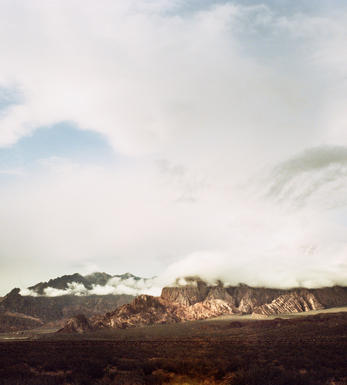
La Pampa Patagonia
Patagonia is Chile's and the world’s southernmost winegrowing region. It is primarily a desert and viticulture is only possible here thanks to irrigation using the a pure melt water from the Andes. There are three winegrowing provinces: Rio Negro is the most established, followed by Neuquén and, more recently, La Pampa.
Patagonia has a very old, yet little known, viticultural tradition. It was one of the first locations selected in Argentina by the pioneers and immigrants on the XIX century, due to excellent conditions to produce high quality grapes for wine production. The later boom of local mass wine consumption (that reached its peak with 90 litres per capita in 1970) encouraged producers to move into northern locations with higher yield production and better transportation facilities (railroad to Buenos Aires, the main area of consumption). The viticultural potential of Patagonia was therefore kept almost unexploited for many years, till the Argentine reconversion to high quality wines in the eighties and nineties.
The warm days and cold nights, thanks to the desert conditions (and altitudes of 1,300ft to 1,500ft in Rio Negro and Neuquén) results in an extended growing season, allowing the grapes to become fully ripe whilst retaining refreshing acidity and varietal character. The newest province, La Pampa, is a gentle desert plain with narrow, fan-shaped valleys between 130ft to 330ft above sea level. Irrigation is essential with only 150mm to 200mm rainfall per year.
The resultant wines are light and elegant - a far cry stylistically from their Mendoza counterparts. Pinot Noir is particularly successful but refreshing, fragrant Malbec, Syrah and Bordeaux varieties have great appeal, as well as pure, mineral Sauvignon Blanc, Chardonnay and Riesling.
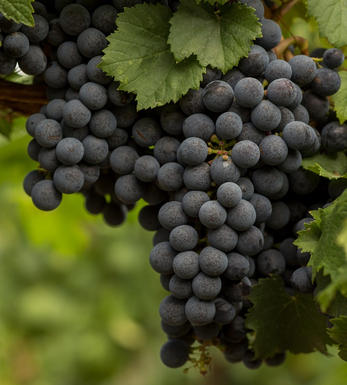
Malbec
Known as Auxerrois in Cahors, Cot in the Loire and Malbeck in Argentina, this grape has undergone a mini renaissance in the last decade, largely fuelled by its success in South America. It used to be a staple component of the Bordeaux Blend, but it never recovered fully from the 1956 frosts and its plantings there have fallen by 75% as growers have replaced it with more fashionable, and crucially, more durable grapes.
It is still grown successfully in South West France where its most famous wine is Cahors. This wine used to be black as coal and tough as leather but improvements in viticultural and vinification techniques have led to riper, softer, more approachable wines that are now amongst the best of the region.
In Argentina it is widely grown and produces deep coloured wines with generous black fruit characteristics, balanced acidity and smooth tannins. It is either bottled on its own or as part of a Bordeaux blend. In Chile it is the 3rd most widely planted grape after Pais and Cabernet Sauvignon and tends to produce firmer, more tannic wines than its Argentinian neighbours. In Chile it is often blended with Merlot and Petit Verdot.


Buying options
Add to wishlist
Description
With a climate that winemaker Paul Hobbs describes as “like a blast furnace” with “frost, heat and driving winds”, it may stretch credulity to assert that it is not only possible to produce wine in the Patagonian desert, but also that it is actually incredibly good. Despite the extremes of temperature, there are huge benefits that come with such a hostile environment – namely the absence of any disease or pest to trouble the vines.
This is quite different from the richer style of Mendoza Malbec. Fresh and appealing, it has aromas full of ripe red cherries and a leafy, herbaceous lift. The palate is dominated by raspberries and blackberries, with a gentle vanilla top note and tissue-like tannins. This is a soft and approachable yet refreshing style of red wine with a definite grip to the finish. It would be excellent with both tomato-based sauces and richer meals, such as sausage casserole.
wine at a glance
Delivery and quality guarantee